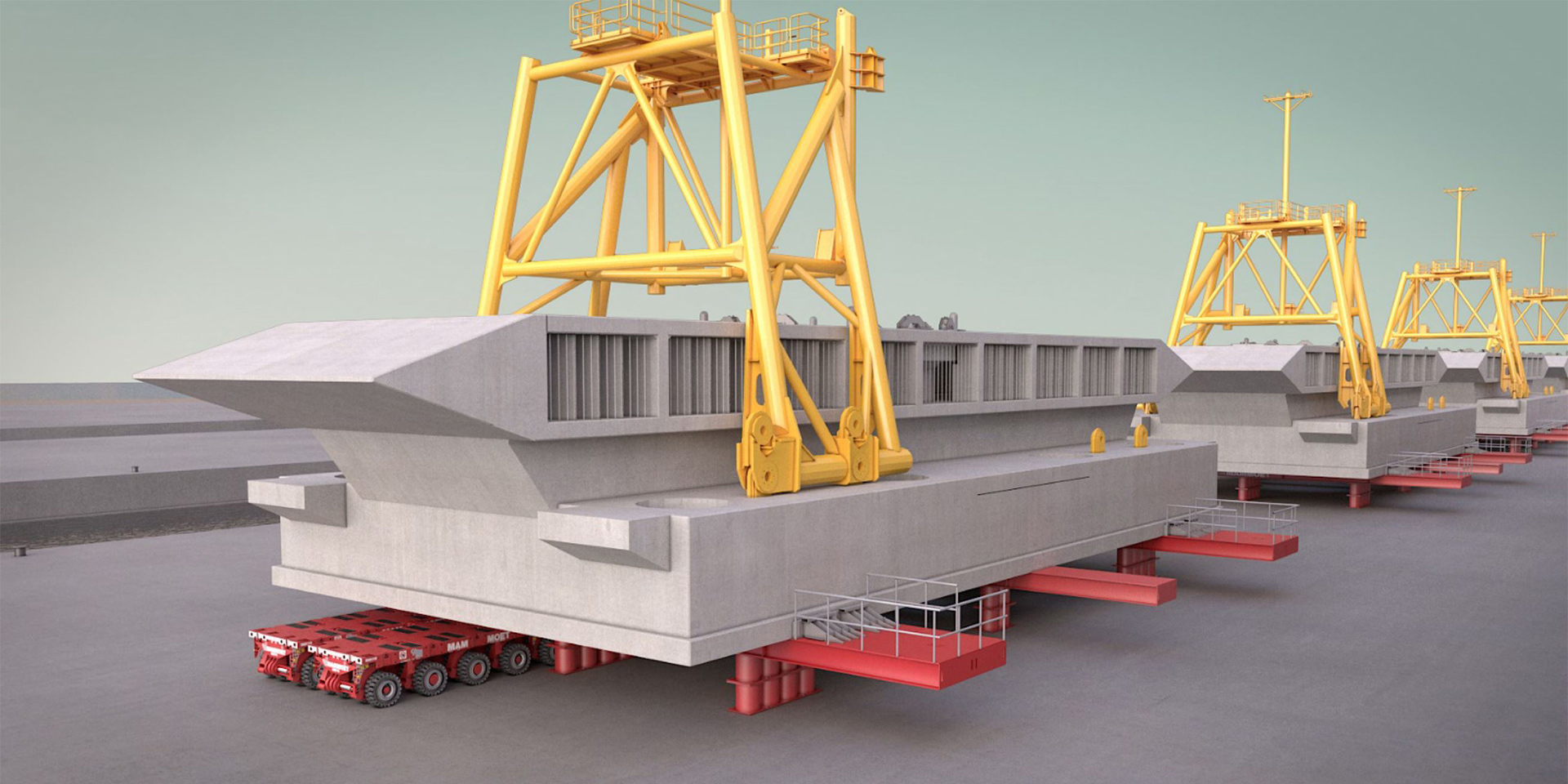In the UK we currently generate around 15 to 20 per cent of our electricity from nuclear energy. To support the UK Government's commitment to reach Net Zero emissions by 2050, Hinkley Point C in Somerset is under construction. This is the first new nuclear power station to be built in the UK in over 20 years and will provide low-carbon electricity for around 6 million homes. The electricity generated by its two EPR reactors will offset 9 million tonnes of carbon dioxide emissions a year, or 600 million tonnes over its 60-year lifespan.
As part of the project, Balfour Beatty is responsible for delivering the complex marine and tunnelling works, and constructing the structures for the critical infrastructure needed to supply cooling water to the power station. This project involves the construction of three tunnels under the Bristol Channel, with offshore concrete heads allowing sea water to pass into the tunnels.
Building on its well-established partnership with Topcon, Balfour Beatty used the Topcon ClearEdge3D Verity software system to ensure that a key part of the project was completed accurately, on time and on budget.
Working within tight tolerances
Through the delivery stages from design to offshore execution, precision was vital with very tight construction tolerances required. Once complete, the system will be connected to the seabed via vertical shafts, capped with intake and outfall heads. The intake structures are 44 metres long, which is roughly the length of four double-decker buses, and around eight metres high, weighing more than 5,000 tonnes each.
The structures were constructed at a purpose-built facility at Balfour Beatty’s site in Avonmouth, Bristol. Large steel alignment frames were then installed on top of the heads to enable future lifting and piling operations.
Lifting lugs were cast into the reinforced concrete heads and these were then matched against bespoke handling frames. The accuracy of the fit was critical due to the 5mm tolerance available for alignment, ultimately allowing for the installation of the lifting pins and the subsequent safe offshore lifts.
Tom Bush, Digital Project Delivery Coordinator at Balfour Beatty, explained: “It’s no surprise that using cranes to rotate and position the large fabricated structures on to the concrete heads is an incredibly challenging task, and we didn’t have any room for error. While we were constructing the concrete heads, fabricators were building the alignment frames. With such a small tolerance on either side of the lifting lugs, we needed to ensure the data and measurements we were giving were accurate – with Topcon’s ClearEdge3D Verity software, we were able to do that.”
















